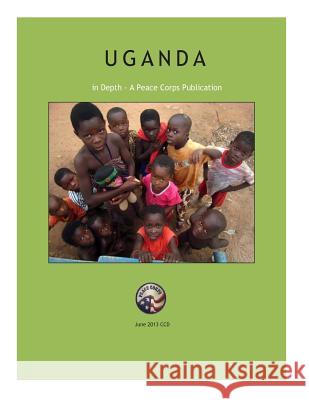Uganda in Depth - A Peace Corps Publication » książka
Uganda in Depth - A Peace Corps Publication
ISBN-13: 9781497599741 / Angielski / Miękka / 2014 / 60 str.
There are three major linguistic families in Uganda and about 50 distinct languages divided among them. Languages also tend to define the boundaries of cultural differences. In the late 1980s, Ugandan officials estimated that 66 percent of the population consisted of Christians (almost equally divided among Protestants and Roman Catholics), approximately 15 percent were Muslim, and roughly 19 percent were adherents of local religions or not affiliated with any religion. World and local religions have coexisted for more than a century in Uganda, and many people have established a coherent set of beliefs about the nature of the universe by combining elements of the two. Except in a few areas, world religions are seldom viewed as incompatible with local religions. Education is highly valued in much of Uganda. As a result of the government's commitment to universal primary education, primary enrollment jumped from 2.7 million children in 1996 to 6.5 million in 1999. These numbers continue to grow, with nearly 7.4 million students enrolled in 2004












